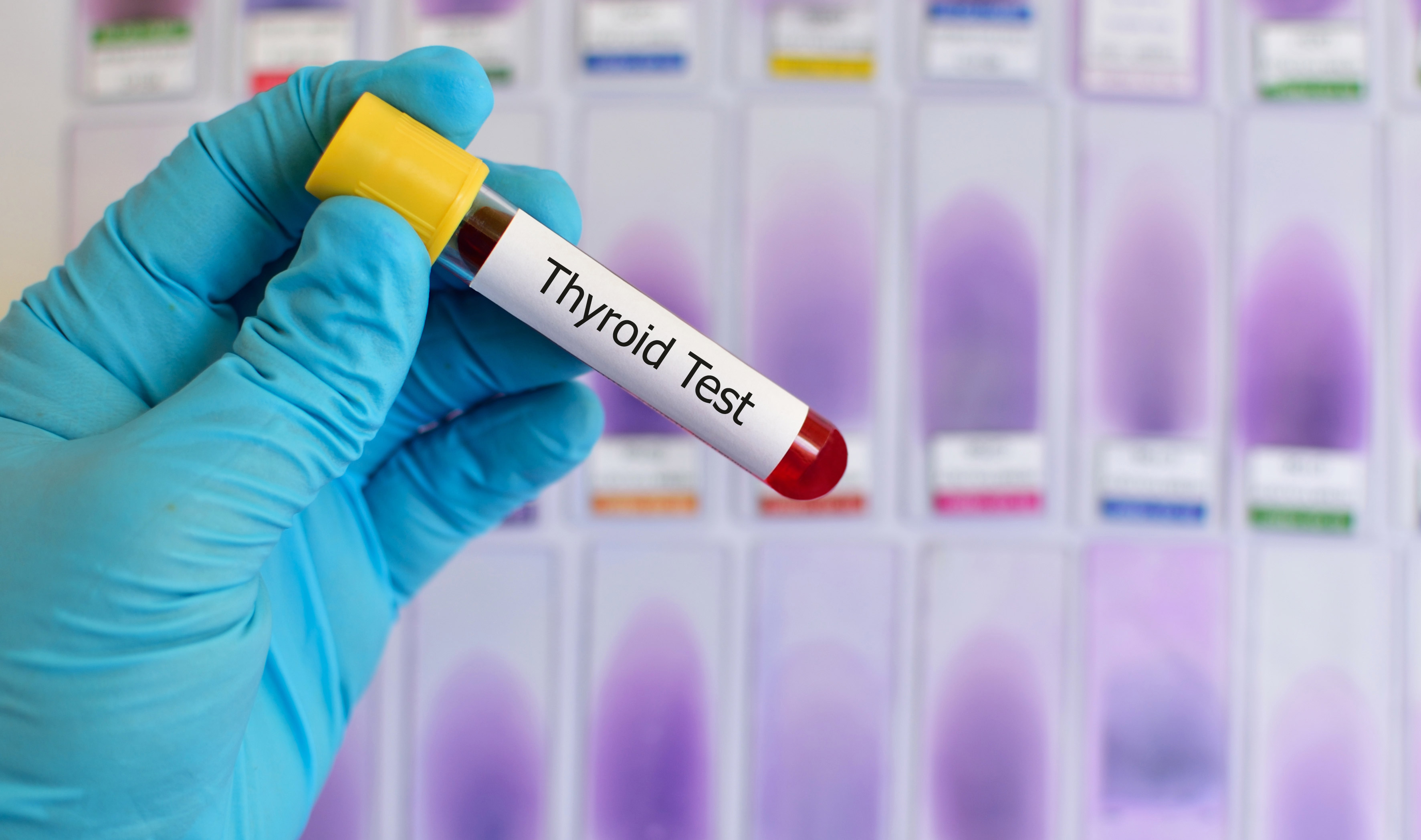Thyroxine
Celebrating 125 years of thyroid hormone treatment
Published on: 13 May 2016
Doctors and clinical researchers from around the world came together in Newcastle to mark 125 years since the discovery of thyroid hormone replacement.
A conference hosted by Newcastle University and the British Thyroid Association focused on recent treatment advances in thyroid disease and hormone replacement strategies. The commonly used treatment, thyroxine, was discovered in Newcastle in 1891.
Delegates travelled from as far afield as Australia and the USA to participate in the two-day event at Newcastle's Centre for Life, which took place May 12-13.

Thyroxine discovered by Newcastle medic
Simon Pearce, Professor of Endocrinology at Newcastle University, said: "Everybody knows someone who takes thyroxine tablets.
“In 1891, a young Newcastle doctor, Dr George Murray, injected an extract from a sheep’s thyroid gland into a patient with symptoms of thyroid under-activity. Over a period of months, the patient got much better. 125 years later around 3% of the population takes thyroxine or thyroid medicines.
"Considering that the idea of a ‘hormone’ hadn't even been invented at this time, Dr Murray made a remarkable medical advance; one that millions of people continue to benefit from.
“The North East is known for inventors such as George Stephenson and Joseph Swan, but Dr Murray’s lesser known discovery has improved people’s lives to a similar degree."
In top 10 of medications prescribed in the world
At a current cost of only six pence per day, thyroxine medication for thyroid under-activity revolutionised the treatment of this common condition and this treatment is still in the top 10 of all medications prescribed in the world.
Dr Petros Perros, senior consultant from Newcastle’s Royal Victoria Infirmary and Thyroid Network Lead for the UK’s Society for Endocrinology, said: “Dr Murray’s discovery changed the life of millions of people.
"It was a culmination of long, painstaking, and careful observations of patients with hypothyroidism, which led to a theory and then a critical experiment, helped with a bit of luck. A wonderful example of how scientific methodology leads to knowledge and rewards.”
As well as being used to treat thyroid under-activity in adults, thyroxine also works for babies who are born without a thyroid gland, and can be a critical factor for successful pregnancy and fertility in younger women.
Julia Priestley from the British Thyroid Foundation, a UK-wide patient support group, said: "Each year we hear from thousands of thyroid patients who tell us how their lives have been improved as a result of being treated with thyroxine. We are hugely grateful to the doctors and scientists who spend their time researching this field and making strides to improve patient care yet further.”
Other conditions helped
Once thyroid hormone was found to work by Dr Murray, many other forms of hormone replacement were subsequently developed, like insulin for diabetes and oestrogen hormone replacement for the menopause.
Amongst other things, delegates at the meeting discussed 21st Century issues with thyroid hormone replacements.
Professor of Clinical Diabetes and Metabolism at Cardiff University, Colin Dayan, said: "Dr Murray's discovery was certainly ground-breaking. But 125 years on, there are still many unanswered questions - such as how much thyroid hormone is ideal for pregnancy, or in children; and do blood levels really tell us whether there is enough thyroid hormone within the body’s cells?
"With over 5 million thyroid blood tests every year and more than 1 million taking the hormone, these are still important questions for a large number of people."



